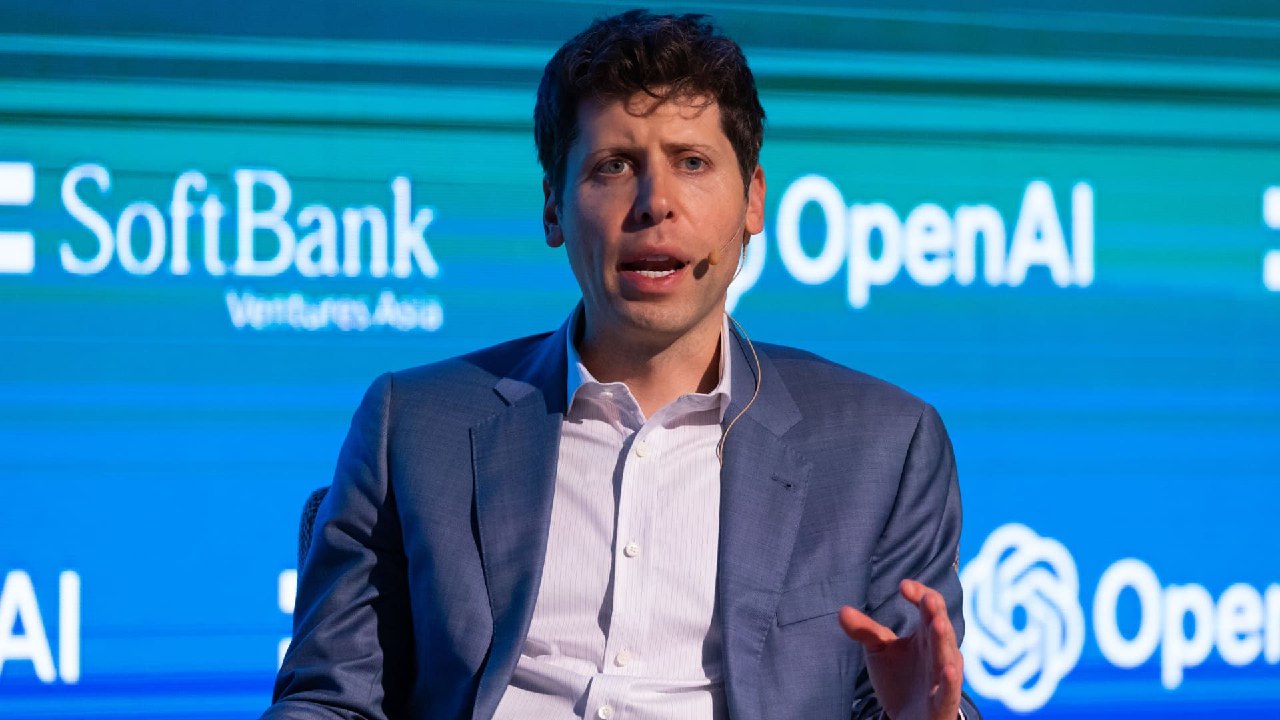
The most valuable currency in AI right now isn’t scale — it’s reasoning.
After years of fine-tuning large language models to generate fluent text, the next frontier is getting machines to think through problems more like humans. OpenAI is betting that better reasoning, not just more data, will define the next phase of intelligent systems. That bet is now being tested in public view, as the company rolls out new generations of AI agents designed to complete complex tasks, not just answer questions.
The foundation for this new era was laid quietly inside a team called MathGen, where OpenAI researchers focused on making models solve International Math Olympiad-style problems. It wasn’t flashy work, but it turned out to be a proving ground for deeper AI capabilities — giving birth to OpenAI’s “reasoning models,” culminating in a system known as o1.
This shift in focus has put reasoning at the center of OpenAI’s long-term strategy. While ChatGPT may have gone viral almost by accident, the company’s agentic ambitions have been far more calculated.
From Chatbot to Colleague
Agents, in the technical sense, are AI systems that can operate software, navigate web interfaces, or perform multistep workflows with minimal oversight. Most of today’s agents work best in structured domains like coding or spreadsheet work. But OpenAI wants to generalize that functionality — not just autocomplete your sentence, but book your flight, find the right hotel, and check your calendar conflicts while it’s at it.
The challenge? Reasoning. Traditional models trained on massive text corpora can imitate language patterns, but they struggle when it comes to logic, verification, or step-by-step planning. Teaching a model to reason means training it to know when to pause, double-check, and choose the right strategy — something humans do instinctively, and machines don’t.
The breakthrough came when OpenAI started blending reinforcement learning with newer techniques like chain-of-thought prompting and test-time computation — giving models more space to “think” before answering. The result wasn’t just smarter answers. It was behavior that looked eerily human: backtracking, problem-solving, even moments of simulated frustration.
Not everyone is convinced it qualifies as true reasoning, but the output speaks for itself. One of OpenAI’s latest models earned a gold medal at the International Math Olympiad — something no other AI lab has achieved.
Scaling Without the Sprawl
As language models hit diminishing returns from sheer parameter scaling, OpenAI is recalibrating. Instead of building bigger models, it’s building ones that use time and computation more strategically. That means giving AI more time per task, rather than more training data. It’s a subtle pivot, but a consequential one.
And it’s already reshaping how OpenAI allocates its resources. The agents initiative, led by researchers like Daniel Selsam, is no longer a side project — it’s a central pillar of OpenAI’s strategy. Behind it are some of the company’s most senior scientists and co-founders, including Ilya Sutskever and Mark Chen.
The result is a new type of agent that doesn’t just run scripts but understands context, adapts strategies, and knows when it’s out of its depth. At least, that’s the goal. Current versions, including the ChatGPT Agent, still fumble on everyday tasks like comparison shopping or form-filling. But the pace of progress has insiders optimistic.
Competing for the Crown
OpenAI may have ignited the reasoning race, but it’s far from alone now. Meta has recruited several key researchers from the o1 team, some with nine-figure compensation offers. Google, meanwhile, has quietly expanded its own reasoning model capabilities through DeepMind’s Gemini line. Elon Musk’s xAI isn’t far behind, deploying similar multi-agent approaches.
What distinguishes OpenAI, for now, is its ability to turn breakthroughs into working tools. Codex, its software-focused agent, is already popular among developers. GPT-5, expected later this year, will likely push reasoning even further into the product layer — making agents less like souped-up chatbots and more like full-fledged collaborators.
But there’s a gap between showing promise in research and delivering real-world utility. The agents OpenAI envisions — ones that can interpret vague goals, handle ambiguity, and make informed choices — don’t yet exist at the scale or reliability most users demand.
And then there’s the philosophical tension. What does it mean for a machine to reason? Is mimicking logic the same as understanding? OpenAI’s own team doesn’t claim to have all the answers. But they’re clear about the goal: build systems that are useful, adaptable, and grounded in reality — whether or not they reason like us.
Toward an AI That Just Gets It
Where OpenAI’s trajectory differs from its early years is in its user focus. While AGI remains the long-term moonshot, the nearer-term milestone is intuitive, accessible systems. That means agents that can take vague input and figure out what you really want — a kind of computational common sense.
“The interface should disappear,” one OpenAI insider said. “You’ll just say, ‘Can you take care of this?’ And it will.”
It’s an ambitious vision. And one that depends not just on better tech, but on a deeper understanding of how humans reason — and how much of that can be replicated with circuits and code.
For now, OpenAI’s reasoning agents may still be learning. But in Silicon Valley’s latest AI arms race, it’s not just about who moves fastest. It’s about who thinks best.
Follow us on WhatsApp, Telegram, Twitter, and Facebook, or subscribe to our weekly newsletter to ensure you don’t miss out on any future updates. Send tips to editorial@techtrendsmedia.co.ke


